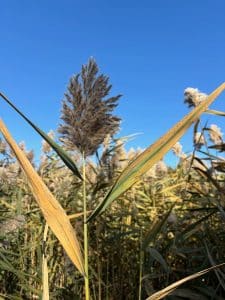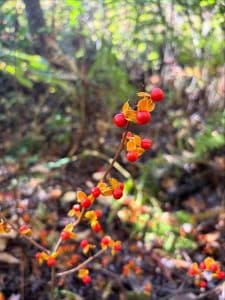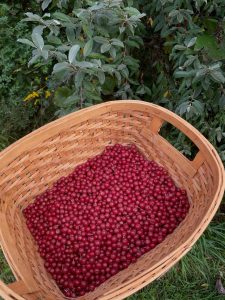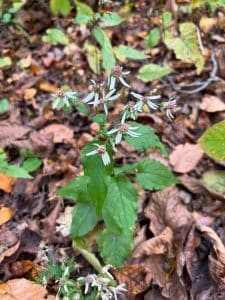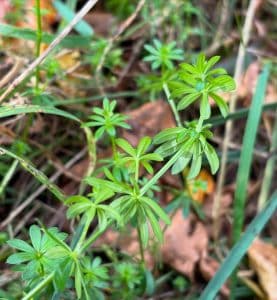Page Created by Connecticut Foraging Club
Upcoming Events | Meet the Instructors | Plant Archive | Mushroom Archive
----------------
Upcoming Events | Meet the Instructors | Plant Archive | Mushroom Archive
----------------
Black Locust (Robinia pseudoacacia) is an invasive tree in the legume family with edible components.
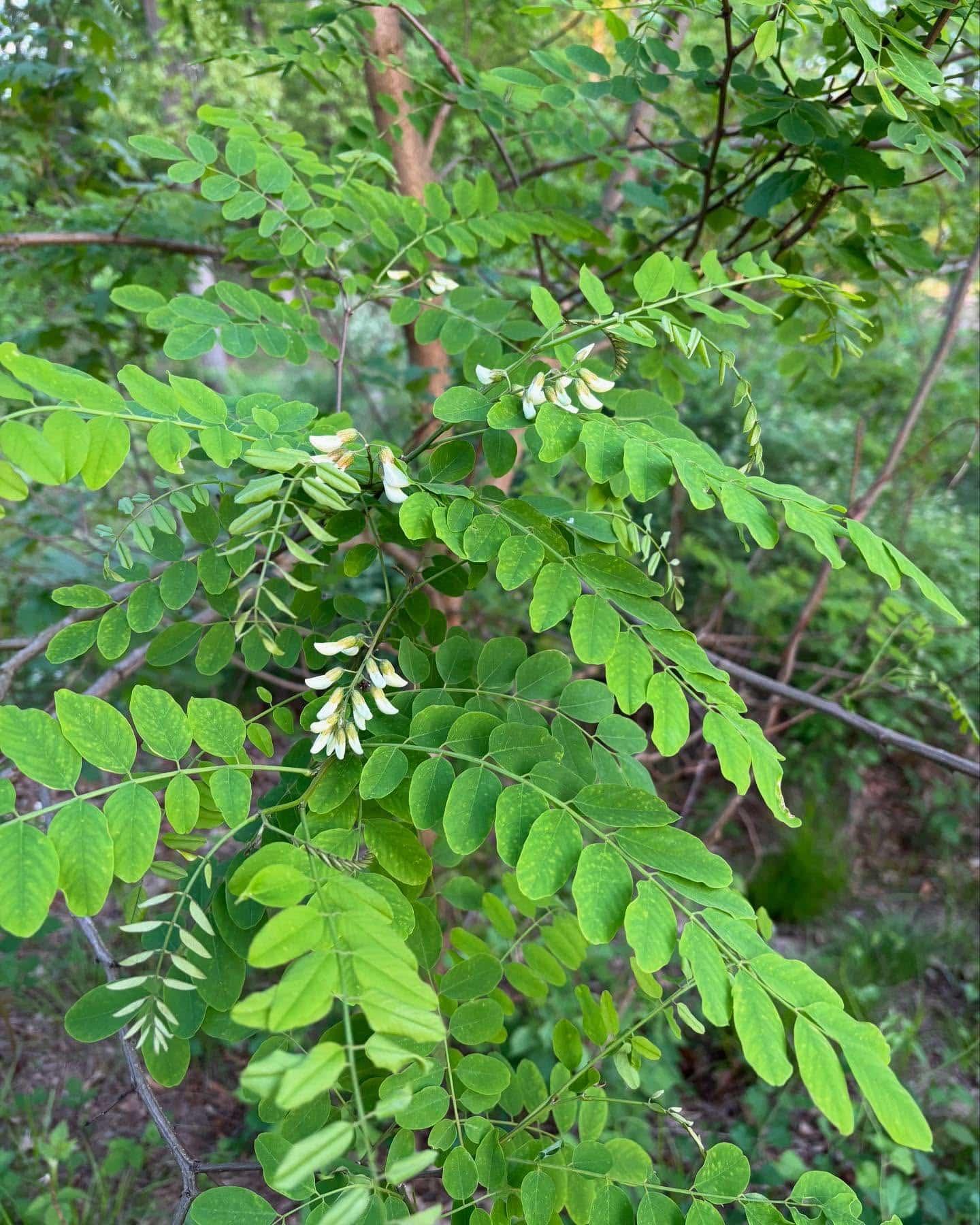
Black locust trees were thought to have originated in southern Appalachian and Ozark mountains and have since spread.
Black locust trees can be found in disturbed areas, roadsides, and fields. It spreads by root suckers to form clones.
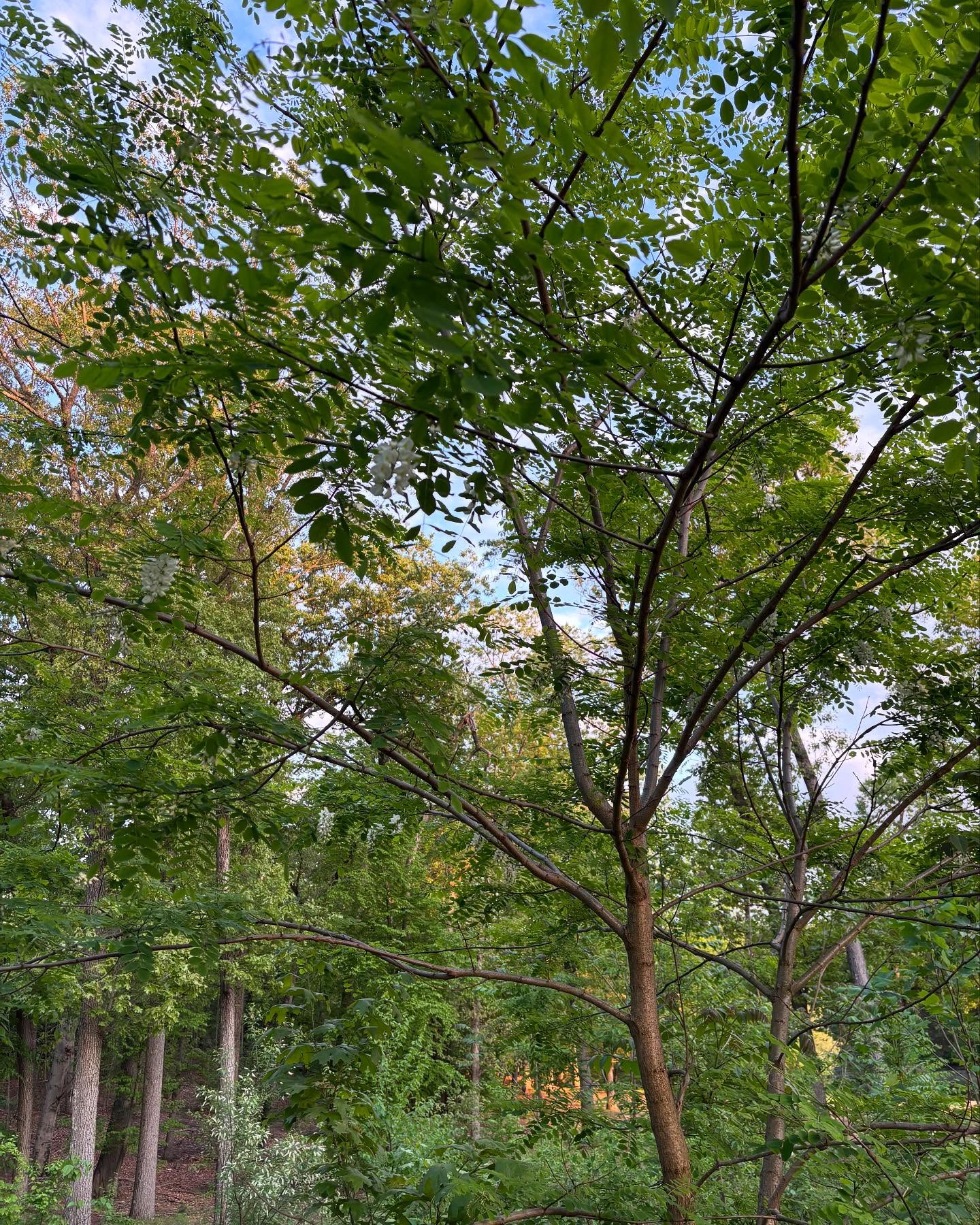
It has deeply grooved bark. Leaves are composed of 11-21 leaflets.
Black locust trees produce edible flowers from late May-June. Flowers are creamy white and hang in clusters. After harvesting flowers, it is best to keep them in the refrigerator in a hard container.
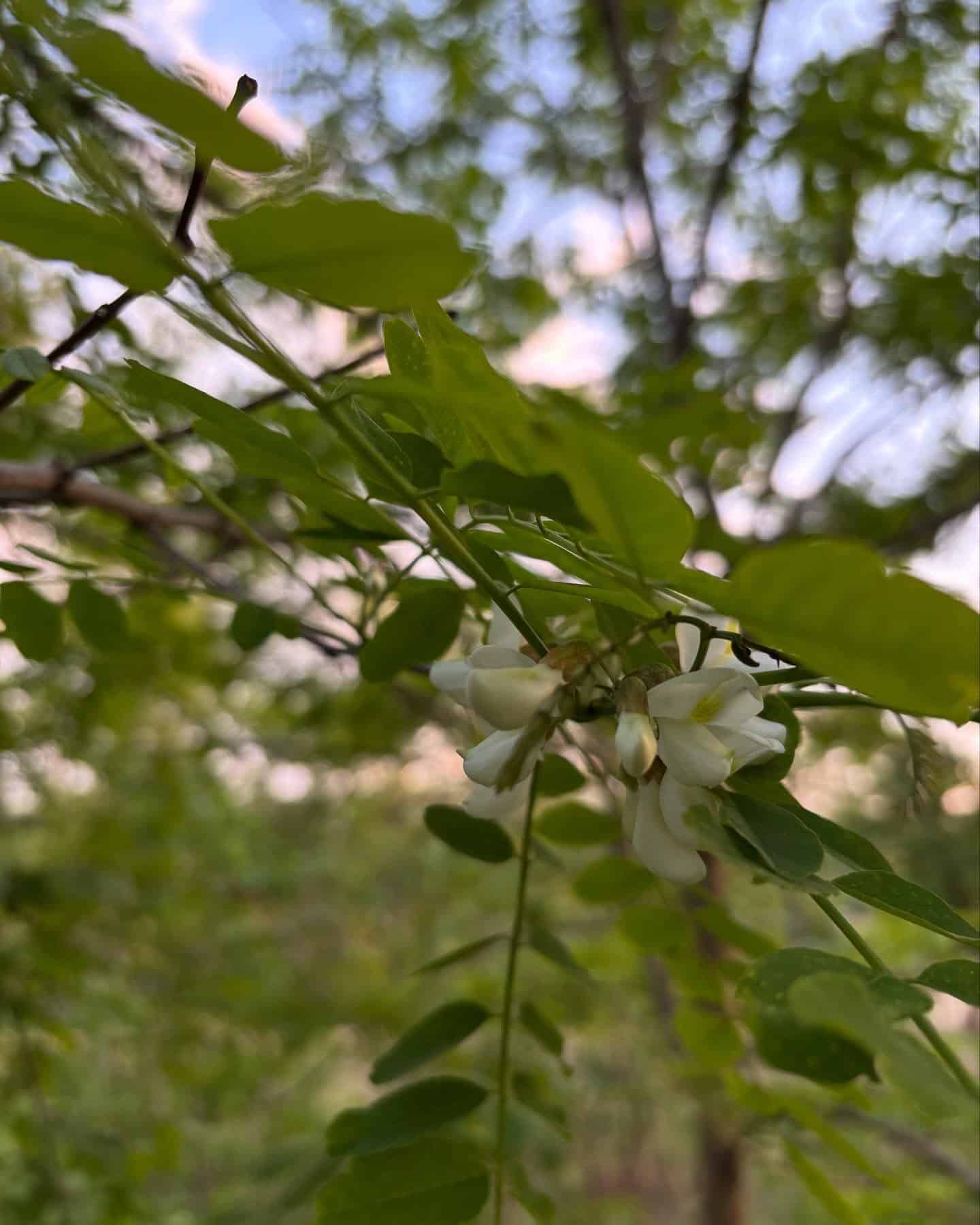
Black locust flowers have a mild vanilla scent and a sweet pea flavor. They can be cooked like a vegetable, used as a garnish, dried for tea, or infused in cream.
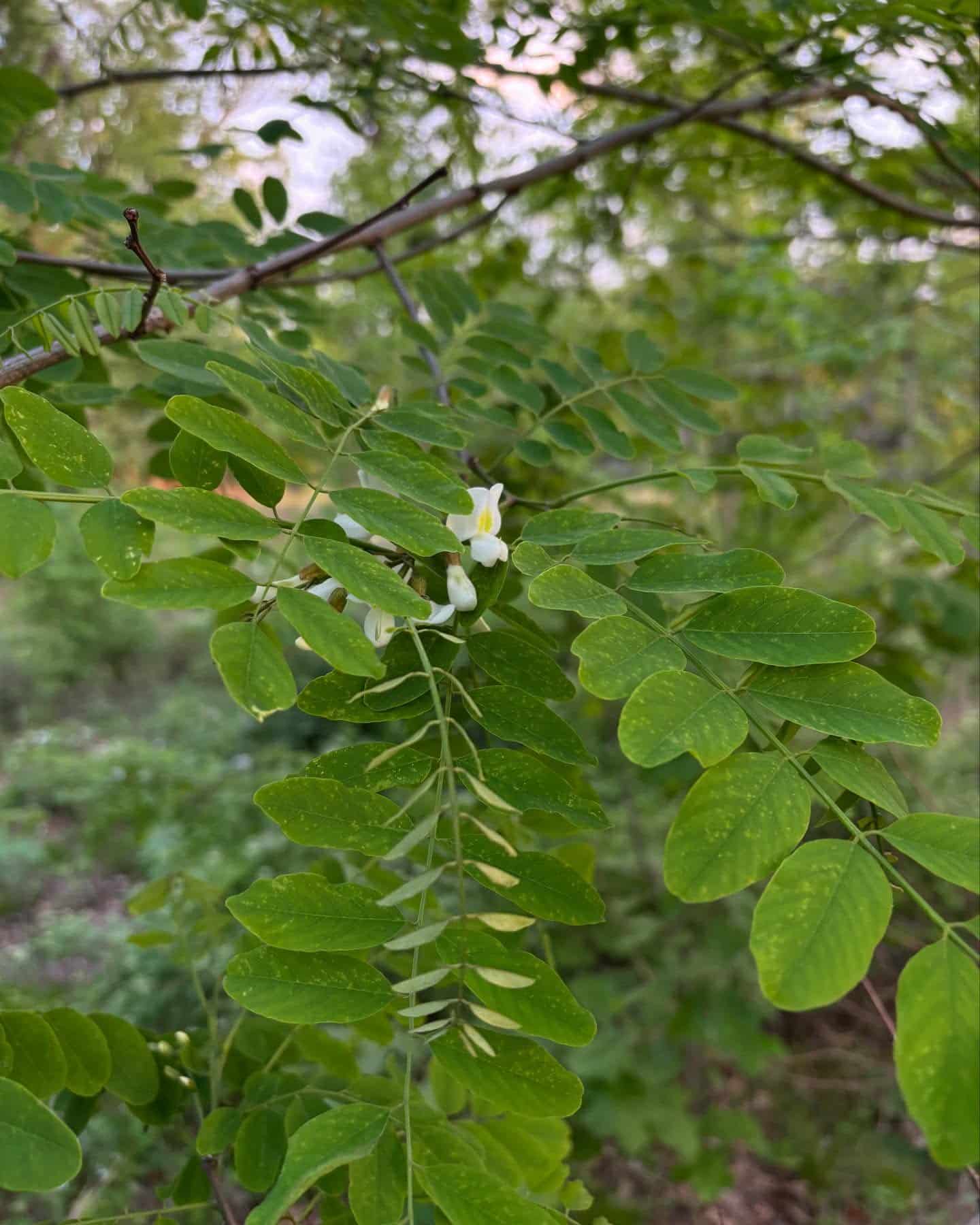
Flowers become four-inch-long pods containing oblong seeds in late summer. Seeds are edible after cooking, but shelling the seeds can be difficult.
--
Written by Amy Demers, founder of the Connecticut Foraging Club. To learn more about foraging in Connecticut, check out our upcoming classes.


